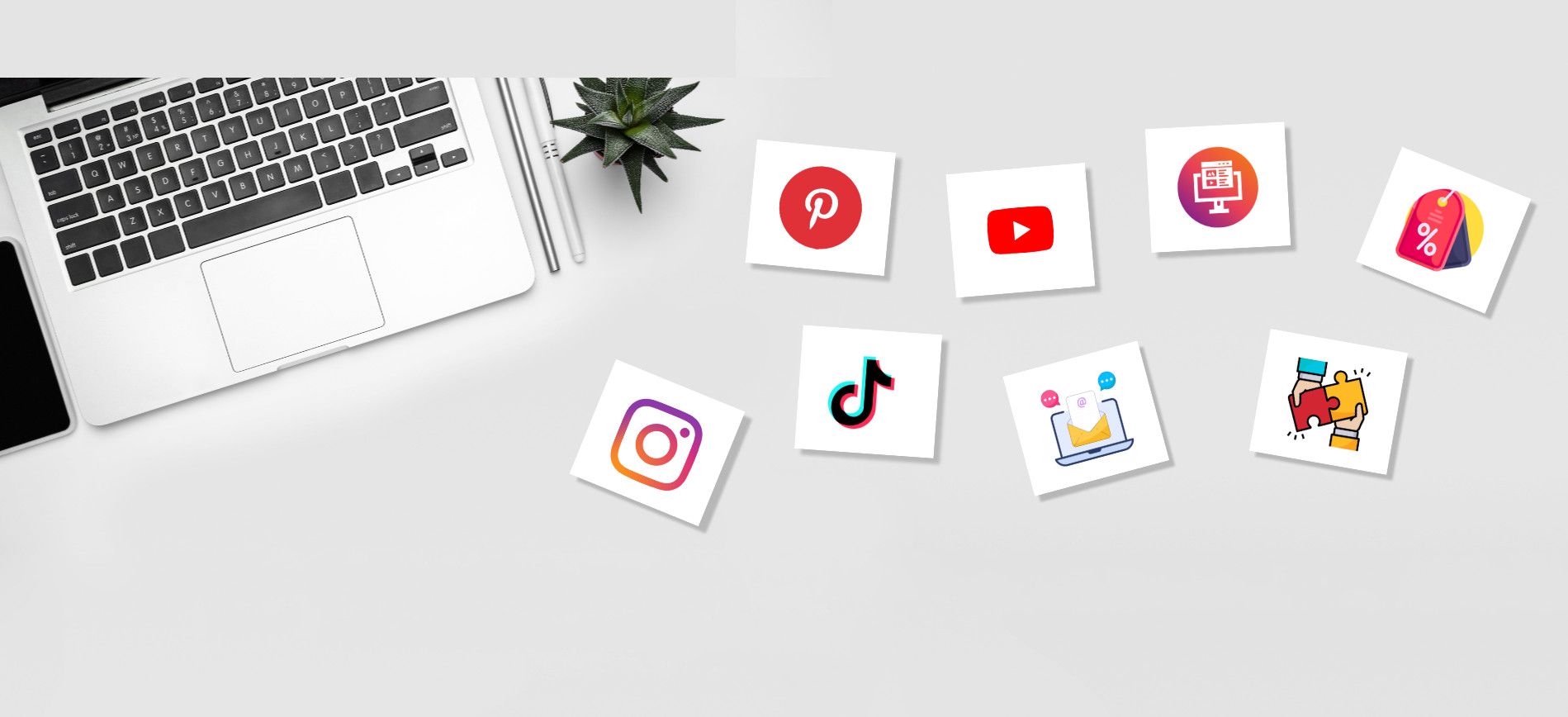How to boost audience interest and participation at your virtual event
May 3, 2023
Virtual events can be a great way to reach a large audience and connect with people all over the world. If you are planning a virtual event, it's important that you keep your audience engaged so they don't lose interest. Here are some tips for making sure your virtual event runs smoothly and keeps everyone involved:
The key to engagement is participation. Participation can be encouraged by asking questions, offering feedback and soliciting opinions. For example:
- What do you think of the idea of having a virtual event?
- Would this work better in person or online? And why?
- Please share some ideas for topics we could discuss at our next event that would benefit your company.
Keep it short and sweet
For virtual event attendees, leaving a virtual event I as easy as a click. Or they could simply walk away from their screens and leave your event on in the background. That’s why keeping their attention is so important—you must keep attendees hooked and engaged. If not, you’ll lose them.
Also, if your session is too long, it will be harder to hold their attention as time passes. The general rule of thumb is that sessions should last no longer than one hour or two hours maximum. If they are longer than this, allow attendees a break (for stretching their legs) after 45 minutes and another one (for eating and drinking) after an hour. This will keep them from getting bored or restless and help ensure that everyone stays engaged in the content throughout your entire presentation
Agendas are key
An agenda is a tool for managing the time of an event and keeping it on track. It helps attendees prepare for the event, know what to expect during the event, know what to do at the event, and know what to bring to the event.
For example:
- Encourage interaction between attendees through breakout groups, online games and polls. Breakout groups are a great way to get attendees to talk to each other. Giving the audience a chance to participate and interact with the event will help boost engagement. While breakout group sessions are more popular for in-person events, they can also be done online or over the phone. Online games and polls are another great way to encourage interaction among attendees by getting them interacting with one another on social media platforms.
- Take advantage of virtual networking opportunities before and after your event. If you're not using a live event platform that will automatically create social networking opportunities before, during and after the event (such as Marquet), consider adding some pre-event engagement to encourage attendance through social media channels like LinkedIn or Instagram. And once your virtual event is finished, use these same channels for post-event engagement so attendees can continue chatting about what went down during the session with their colleagues who were unable to join in person but still want access.
Use visuals as a presentation aids
Never underestimate the appeal of a visual aid. So, if you’re giving a presentation, instead of just speaking to the camera, use photos, videos and graphics to illustrate points. You can also project slides, share your screen (screen sharing is especially good if you’re giving a demonstration), or write out key points on flipcharts or whiteboards (this also helps jog attendees’ memories when they need it later in the presentation or session).
Additionally, consider distributing digital handouts (eBooks, PDFs etc.) that contain all relevant information about what you'll be presenting at an event--this will save people having to take notes by hand during presentations/sessions.
It is important to ensure that the event runs smoothly with no technical issues. Nothing will kill engagement faster than a jarring technical error.
Have an appropriate host
You should have a host for the event. The host should be someone who is passionate about the topic and can keep things moving, make sure everyone has a chance to participate, and handle any technical issues that come up with ease. It's also important that your virtual host be able to engage the audience in ways you wouldn't normally see at an in-person event.
Incorporate icebreaker activities into virtual sessions to encourage audience participation
Icebreaker activities are a great way to encourage audience participation. They’re fun and easy to do, and they help your audience members get comfortable with each other.
A few ways you can incorporate icebreakers into a virtual event:
- Use them as the first activity during the event. This will get everyone energized right away, making them more likely to participate later on in your presentation or webinar.
- Create an online survey or questionnaire that asks what topics attendees would be interested in learning about at future meetings/events.
- Create an online survey or questionnaire about everyone’s personal interests and then share the general results with the attendees. This can create a sense of community within the event as attendees can see others who have similar interests to them.
Include opportunities for networking
While it's possible to meet new people at a virtual event and make valuable connections, there are also other ways of networking at virtual events. For example, you can ask your audience members to share their contact information with you so that you can follow up with them later. This is especially useful if they have expressed an interest in working together or getting involved with some of your projects.
If they don't want their contact info shared publicly on the Webinar site (for example), then simply ask them to send it via email after the webinar ends or send a link where they can submit their information privately (for example). You can also use social media platforms like Instagram and LinkedIn as part of this process so that online interactions between attendees become more personal too; this makes everyone feel more comfortable about sharing details about themselves and making new connections!
Virtual events require some planning and creativity to keep attendees engaged.
It is important to keep the audience's attention, so that they can learn. Here are some tips for keeping your audience engaged:
- Give a clear description of what the virtual event will be about and when it will start. If there are any special requirements for attendance, such as a headset or microphone and headphones, let attendees know this information before the event starts.
- Include activities during your virtual event that will help keep participants' attention focused on what you have to say. For example, you could ask people to do something related to what you're talking about (such as fill out a survey) or give them something fun to do for them not only listen but also become more involved with whatever topic is being discussed at that moment (such as watching videos).
Virtual events are a great way for companies to connect with their audiences, but they can get boring if the audience isn’t engaged. It’s important to keep everything short and sweet so that the audience doesn’t lose interest before the event is over. You can also encourage interaction between attendees through breakout groups, online games or polls. The more interactive a virtual event is, the more likely it will be successful!
Finally, it is crucial to follow up with attendees after the event. This can be done through surveys or polls to gather feedback and ensure that attendees felt the event was worthwhile. Additionally, sending out a recap email with key takeaways from the event is a great way to ensure that participants retain the information they learned. By following these simple tips, you can host a successful virtual event that keeps attendees engaged and interested throughout.





